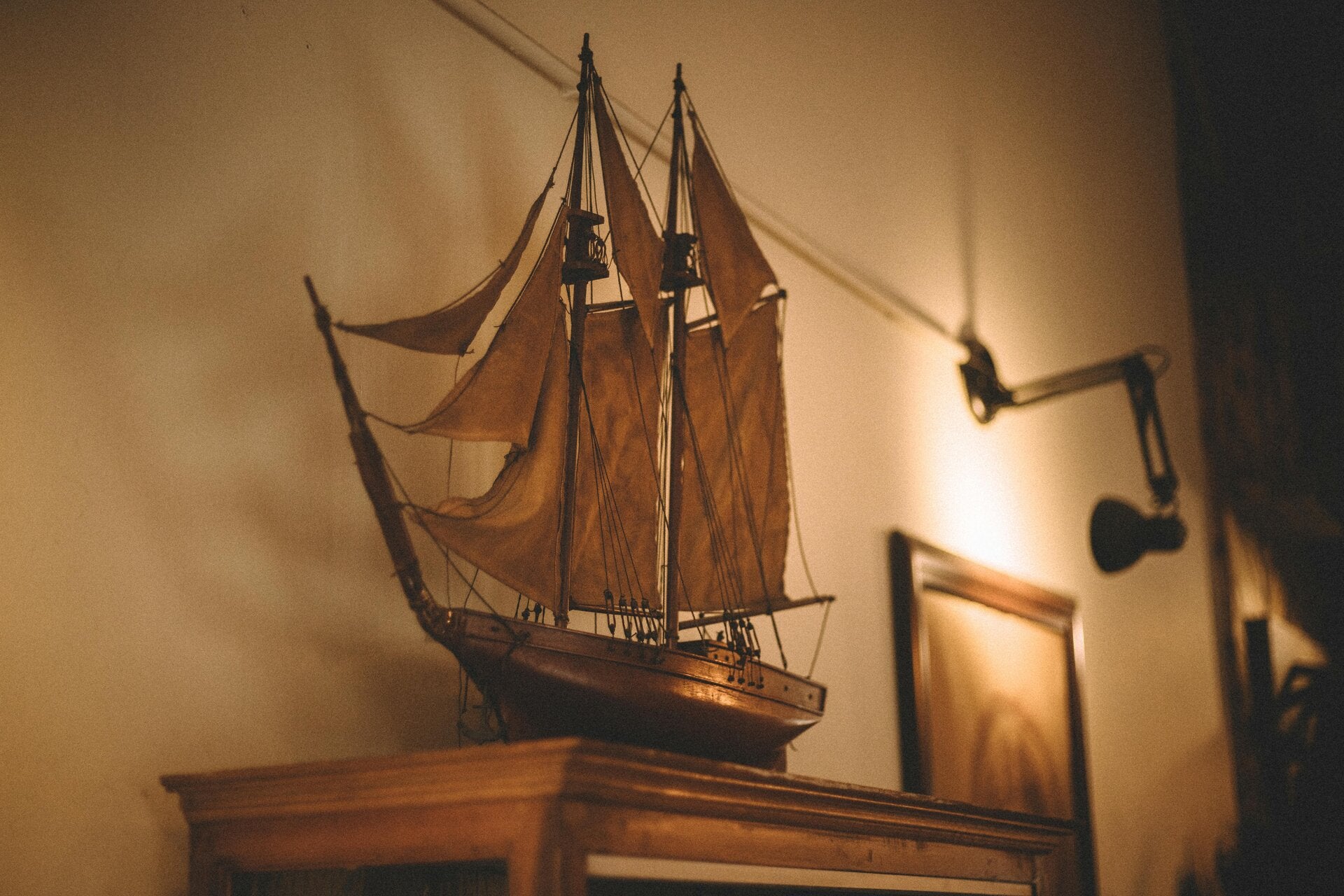
Unveiling the Past
Welcome to our website that explores Britain's Role in the History of the Transatlantic Slave Trade. Join us as we delve into this troubling part of Britain's history. The transatlantic slave trade went on for centuries, making some men astoundingly rich and powerful while taking everything away from others until they had no power at all.
Click on the tabs above to learn more about the Historical Context, Timeline, British Slave Narratives, Places, Scholarly Viewpoint, and the Role of Art & Literature, We also include some interesting Historical Documents.

The Slave Trade Explained: The Triangle Trade
The video above gives a simple explanation of Britain's Role in the slave trade triangle between Britain, Africa, and the West Indies. British businessmen and African tribe leaders benefitted financially as a result of the transatlantic slave trade. The sugar, tobacco, rum, and other goods produced by slaves provided huge profits to British businessmen who in turn traded guns and textiles to African tribe leaders for the slaves and then they shipped them to the Caribbean islands. The slaves suffered lives of hard labor and inhumane conditions if they were able to survive the harrowing journey across the ocean. The transatlantic slave trade began in the sixteenth century and continued until the Slavery Abolition Act was passed in 1833. Although the Slavery Abolition Act made holding slaves illegal, shady apprenticeship schemes kept some people in slavery until 1838 (“The Triangle Trade - History KS3”).
In 1831, freed slave and abolitionist, Mary Prince, wrote a book about her tragic life story. Picture on left (Prince)
The Triangular Trade System
The British transatlantic slave trade operated through a three-part economic system known as the Triangular Trade. Ships left ports in Europe carrying manufactured goods—textiles, guns, and alcohol—to western Africa. There, these goods were exchanged for enslaved Africans, who were transported under brutal conditions across the Atlantic—the infamous Middle Passage—to the Caribbean and American colonies. The ships then returned to Britain laden with raw materials. This triangular network linked Britain’s prosperity directly to the exploitation of enslaved African labor ("Triangular Trade").
